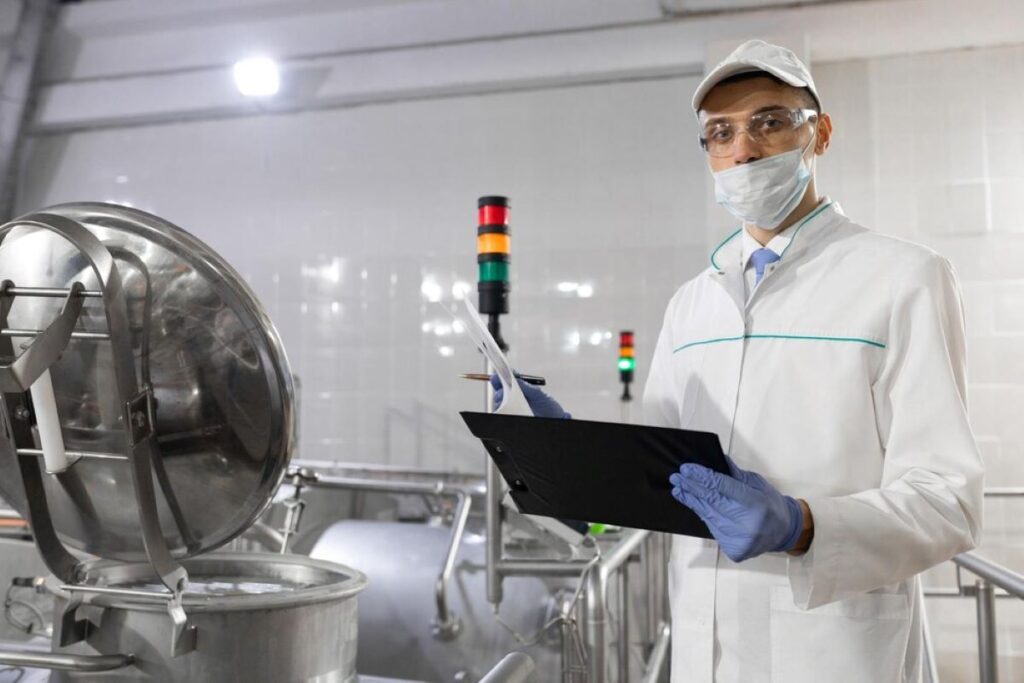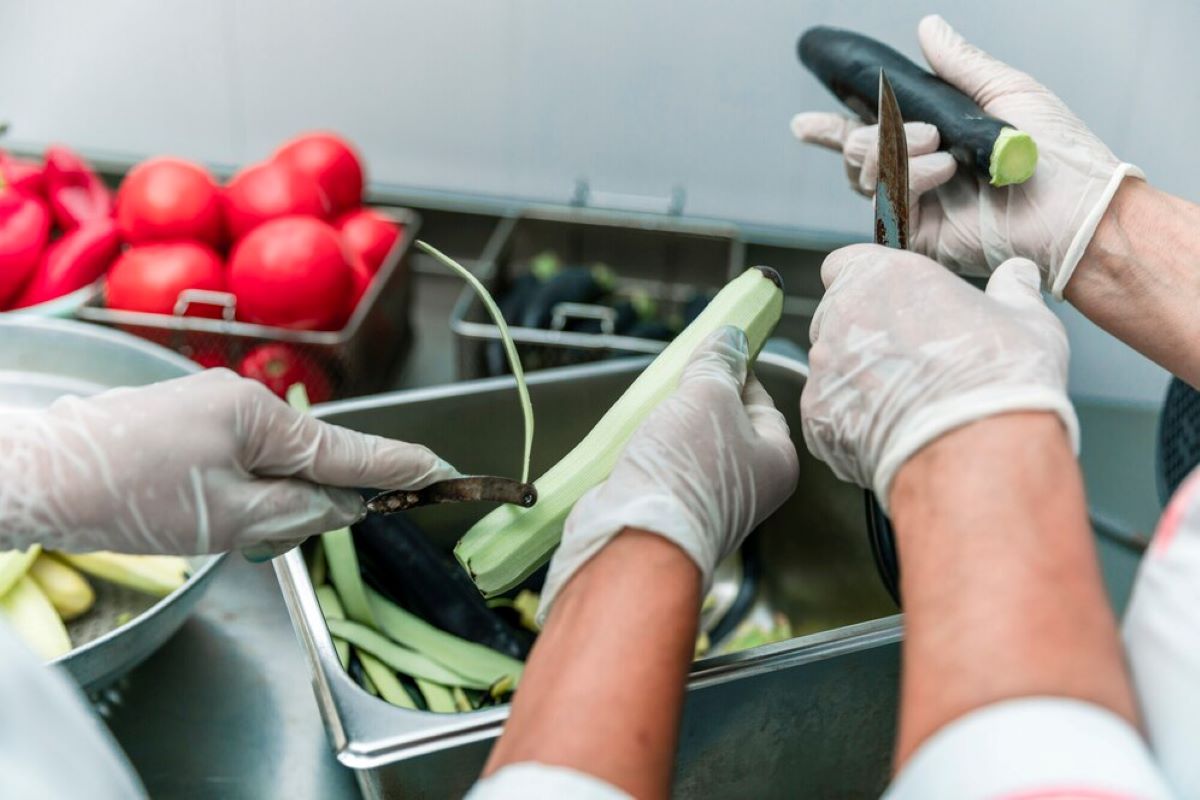Food safety compliance refers to the adherence to regulations and guidelines set forth to ensure that food products are safe for consumption. This encompasses a wide range of practices, from proper food handling and storage to thorough sanitation procedures. As we approach 2025, the importance of food safety compliance has never been more critical. This article delves into what food safety compliance entails, the evolving landscape of food safety regulations, and why it is essential for businesses and consumers alike.
The Fundamentals of Food Safety Compliance
Understanding Food Safety Regulations
Food safety regulations are designed to protect public health by minimising the risk of foodborne illnesses. These regulations vary by country but generally include guidelines on hygiene, food handling, and labelling. In Australia, the Food Standards Australia New Zealand (FSANZ) plays a pivotal role in establishing these standards. Compliance with these regulations is not merely a legal obligation; it is a moral responsibility that businesses must uphold to ensure consumer safety.
In addition to FSANZ, local health departments and agencies enforce compliance through regular inspections and audits. These inspections assess various aspects of food safety, including temperature control, cross-contamination prevention, and employee hygiene practices. Businesses that fail to comply with these regulations may face penalties, including fines or even closure.
Key Components of Food Safety Compliance
Food safety compliance encompasses several key components, each crucial for maintaining the integrity of food products. These include:
- Hygiene Practices: Ensuring that all food handlers maintain high levels of personal hygiene is essential. This includes regular handwashing, wearing appropriate clothing, and using gloves when necessary.
- Temperature Control: Proper temperature control is vital for preventing the growth of harmful bacteria. This involves storing perishable items at safe temperatures and ensuring that cooked foods reach the appropriate internal temperatures.
- Cross-Contamination Prevention: Implementing measures to prevent cross-contamination between raw and cooked foods is critical. This can be achieved through proper food storage, using separate utensils, and maintaining clean work surfaces.
The Evolving Landscape of Food Safety Regulations
Technological Advancements and Their Impact
As technology continues to advance, so too does the landscape of food safety regulations. In 2025, businesses will need to adapt to new technologies that enhance food safety compliance. For instance, the use of blockchain technology is emerging as a powerful tool for traceability in the food supply chain. This allows for real-time tracking of food products from farm to table, ensuring transparency and accountability.
Moreover, the integration of artificial intelligence (AI) in monitoring food safety practices is becoming increasingly prevalent. AI can analyse data from various sources to identify potential risks and suggest preventative measures. Businesses that embrace these technologies will not only improve compliance but also enhance their overall operational efficiency.
Consumer Expectations and Demand for Transparency
In recent years, consumers have become more discerning about the food they purchase. There is a growing demand for transparency regarding food sourcing, production methods, and safety standards. This shift in consumer behaviour is driving businesses to prioritise food safety compliance as a means of building trust with their customers.
In 2025, businesses that fail to provide transparent information about their food safety practices may find themselves at a competitive disadvantage. Consumers are increasingly likely to choose brands that demonstrate a commitment to food safety and compliance, making it essential for businesses to prioritise these practices.

The Consequences of Non-Compliance
Health Risks and Legal Ramifications
Non-compliance with food safety regulations can have severe consequences, both for public health and for businesses. Foodborne illnesses can lead to hospitalisation and, in some cases, even death. The impact of such incidents extends beyond the individuals affected; it can tarnish a brand’s reputation and lead to significant financial losses.
Legal ramifications for non-compliance can also be severe. Businesses may face hefty fines, lawsuits, and even criminal charges in extreme cases. In 2025, as regulations become stricter, the consequences of non-compliance will likely increase, making it imperative for businesses to prioritise food safety measures.
Impact on Business Reputation
In today’s digital age, news travels fast. A single incident of food contamination can result in widespread negative publicity, leading to a loss of consumer trust. Businesses that prioritise food safety compliance are not only protecting their customers but also safeguarding their brand reputation.
In 2025, consumers will likely be more vigilant in researching brands and their food safety practices. Companies that neglect compliance may find it challenging to regain consumer trust, resulting in long-term damage to their reputation and bottom line.
Strategies for Ensuring Food Safety Compliance
Implementing Comprehensive Training Programs
One of the most effective strategies for ensuring food safety compliance is to implement comprehensive training programmes for all employees. These programmes should cover essential topics such as hygiene practices, food handling procedures, and the importance of compliance with regulations. Regular training refreshers can help reinforce these practices and keep employees informed about any changes in regulations.
Additionally, fostering a culture of food safety within the organisation is crucial. Employees should feel empowered to speak up about potential safety concerns and encouraged to take ownership of their role in maintaining compliance. This collaborative approach can significantly enhance overall food safety practices.
Regular Audits and Inspections
Conducting regular audits and inspections is another vital strategy for ensuring food safety compliance. These assessments can help identify potential areas of improvement and ensure that all practices align with current regulations. Engaging third-party auditors can provide an objective perspective and help businesses identify blind spots in their compliance efforts.
Moreover, businesses should establish a system for tracking compliance metrics. This data can provide valuable insights into areas that require attention and help measure the effectiveness of implemented strategies. You may like to visit https://asupertiredmom.com/how-to-streamline-food-safety-compliance-management-with-digital-tools/ to get how to streamline food safety compliance management with digital tools.
The Future of Food Safety Compliance
Anticipating Regulatory Changes
As we approach 2025, businesses must remain vigilant in anticipating potential regulatory changes. The food industry is continually evolving, and staying informed about upcoming regulations is crucial for maintaining compliance. This may involve subscribing to industry newsletters, participating in relevant training sessions, and engaging with industry associations.
By proactively anticipating changes, businesses can adapt their practices accordingly and avoid potential pitfalls associated with non-compliance. This forward-thinking approach will not only ensure compliance but also position businesses as leaders in food safety within their industry.
Embracing a Culture of Continuous Improvement
Food safety compliance is not a one-time effort; it requires a commitment to continuous improvement. Businesses should regularly assess their practices and seek opportunities for enhancement. This may involve adopting new technologies, refining training programmes, or engaging with industry experts to gain insights into best practices.
By fostering a culture of continuous improvement, businesses can ensure that they remain compliant with evolving regulations and maintain the highest standards of food safety. This commitment will ultimately benefit both the business and its customers.

Conclusion
Food safety compliance is a non-negotiable aspect of the food industry as we move towards 2025. With evolving regulations, increasing consumer expectations, and the potential consequences of non-compliance, businesses must prioritise food safety practices. By understanding the fundamentals of food safety compliance, embracing new technologies, and fostering a culture of continuous improvement, businesses can ensure the safety of their products and build trust with their customers.
In a world where food safety is paramount, the commitment to compliance is not just a legal obligation; it is a vital component of a successful and responsible business strategy. As the landscape of food safety continues to evolve, businesses that prioritise compliance will not only protect public health but also secure their place in the competitive marketplace.


